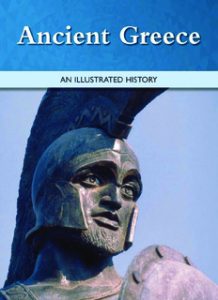History of civilizations of Central Asia
History of civilizations of Central Asia One of the purposes of UNESCO, as proclaimed in its Constitution, is ‘to develop and to increase the means of communication between peoples and to employ these means for the purposes of mutual understanding and a truer and more perfect knowledge of each other’s lives’.

History of civilizations of Central Asia Pdf
The History of the Scientific and Cultural Development of Mankind, published in 1968, was a major early response on the part of UNESCO to the task of enabling the peoples of the world to have a keener sense of their collective destiny by highlighting their individual contributions to the history of humanity.
This universal history – itself now undergoing a fundamental revision – has been followed by a number of regional projects, including the General History of Africa and the planned volumes on Latin America, the Caribbean and on aspects of Islamic culture.
The History of Civilizations of Central Asia is an integral part of this wider enterprise. It is appropriate that the second of UNESCO’s regional histories should be concerned with Central Asia. For, like Africa, Central Asia is a region whose cultural heritage has tended to be excluded from the main focus of historical attention.
Yet from time immemorial the area has served as the generator of population movements within the Eurasian land-mass. The history of the ancient and medieval worlds, in particular, was shaped to an important extent by the succession of peoples that arose out of the steppe, desert, oases and mountain ranges of this vast area extending from the Caspian Sea to the high plateaux of Mongolia.
From the Cimmerians mentioned in Homer’s Odyssey, the Scythians described by Herodotus, the Hsiung-nu whose incursions led the emperors of China to build the Great Wall, the sixth-century Turks who extended their empire to the boundaries of Byzantium, the Khitans who gave their name to ancient Cathay, through to the Mongols who erupted into world history in the thirteenth century under Genghis Khan, the nomadic horsemen of Central Asia helped to define the limits and test the mettle of the great civilizations of Europe and Asia.
Disclaimer:- Dev Library is not the owner of the books and neither it creates books. We just provide the links of the book for the rural and poor students who don’t afford to buy books. Those E-Books and Pdfs are already available on the internet. For any reason, if someone thinks that I’m violating any laws or if anyone has any issues regarding this, please feel free to Contact Us.

Hi, I’m Dev Kirtonia, Founder & CEO of Dev Library. A website that provides all SCERT, NCERT 3 to 12, and BA, B.com, B.Sc, and Computer Science with Post Graduate Notes & Suggestions, Novel, eBooks, Biography, Quotes, Study Materials, and more.




